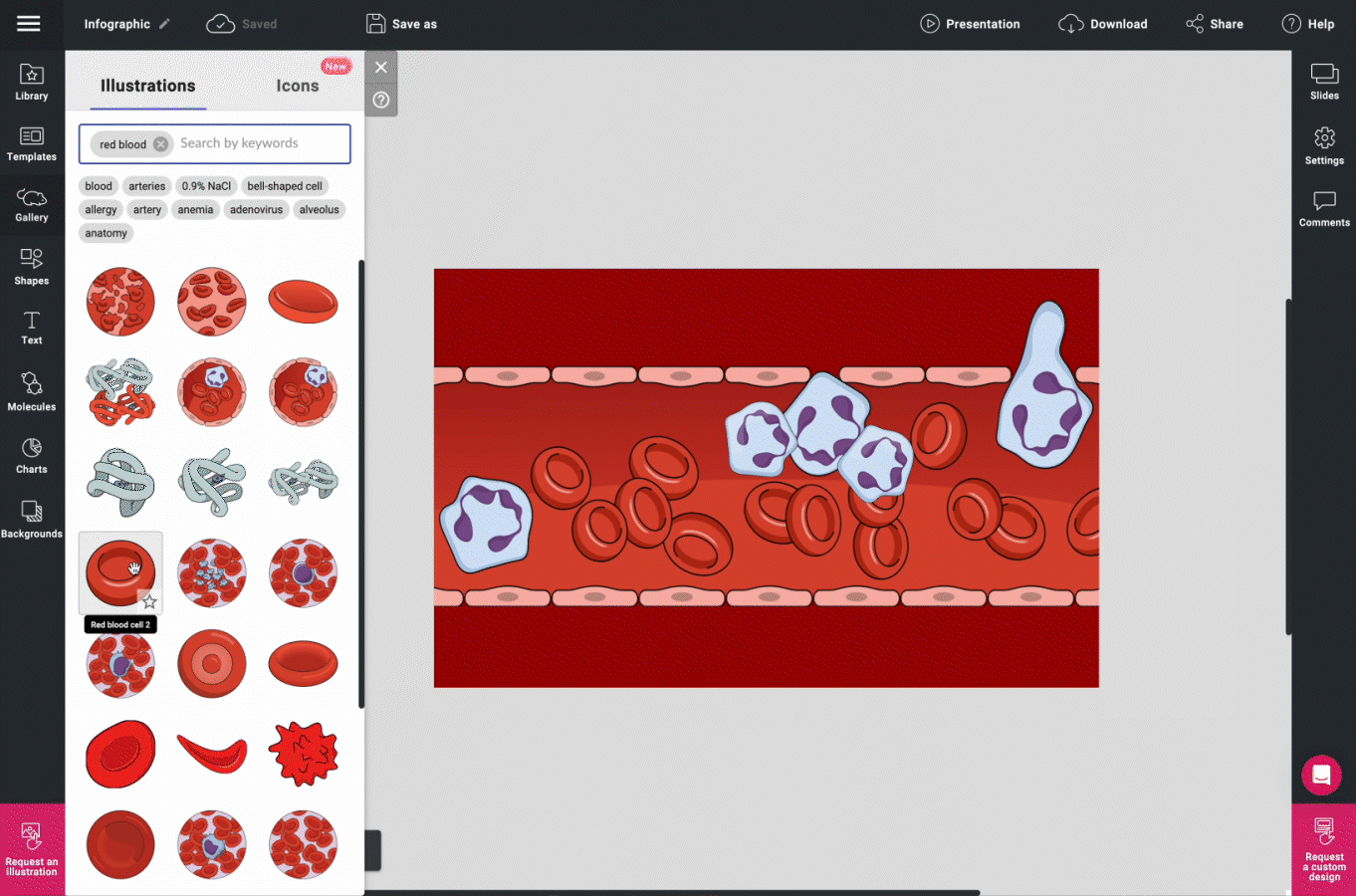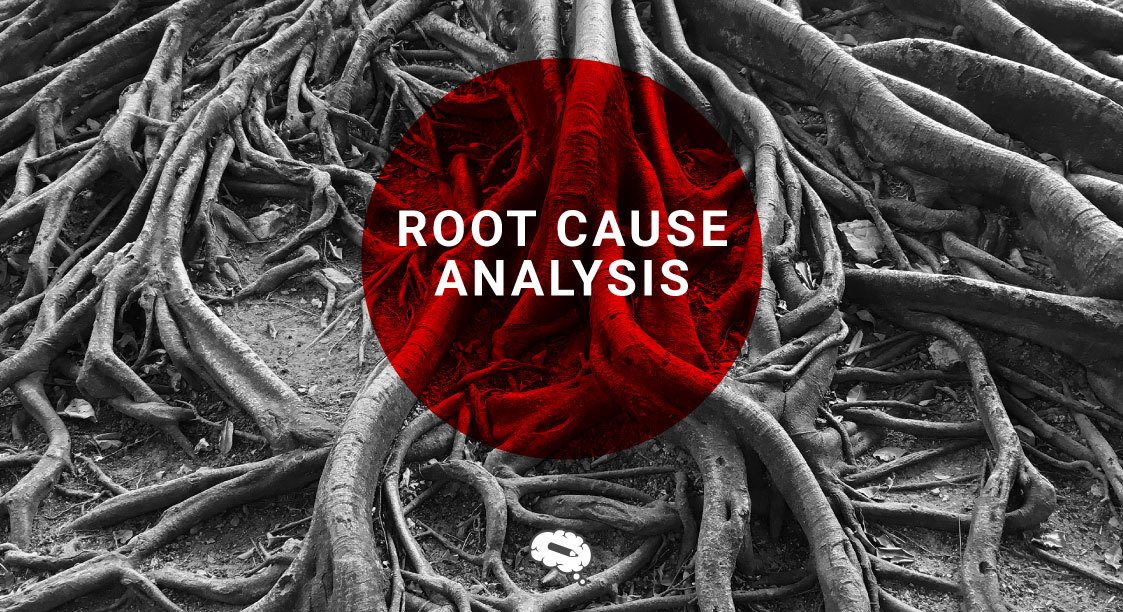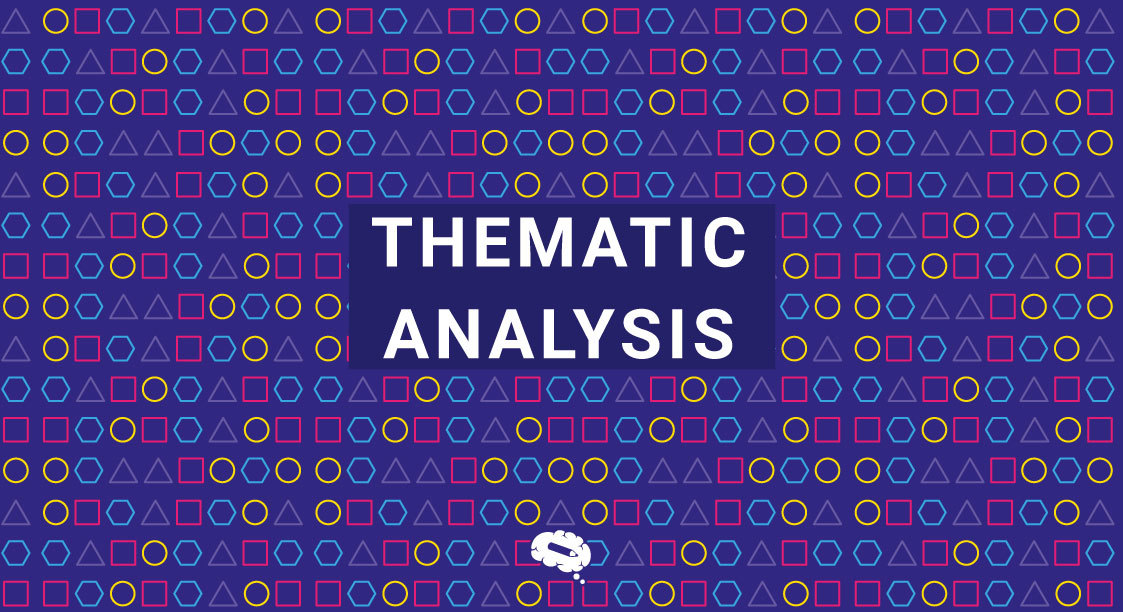Are you tired of dealing with the same problems over and over again? Even if you think you have found a solution, you might still be stuck with that problem. This occurs because you directly jump into finding the answer rather than understanding the problem’s cause. If you spend time analyzing the real cause behind the problem, it becomes easy to knock down your issue and prevent it from occurring repeatedly. Such a process is called root cause analysis.
Root cause analysis is the technique that companies employ whenever a problem arises. In this article, we are going to learn in-depth about the concept, its types, and its techniques along with examples.
Root Cause Analysis: Steps, Tools, And Examples
Root Cause Analysis (RCA) is a problem-solving technique used to identify the underlying causes of an issue or event. It aims to identify the fundamental reason(s) why a problem occurred rather than just addressing the symptoms. RCA helps organizations or individuals gain a deeper understanding of the problem, prevent recurrence, and implement effective corrective actions.
Here are the general steps, common tools, and examples of RCA:
Steps Of Root Cause Analysis
- Define the problem: Clearly define the problem or event that requires RCA. Establish the scope and boundaries of the analysis.
- Gather data: Collect relevant data related to the problem. This can include incident reports, process documentation, customer feedback, and any other available information.
- Identify the immediate causes: Determine the causes or events that directly led to the problem. These are typically the most visible symptoms of the issue.
- Ask “Why?” and identify the contributing factors: Starting with the immediate causes identified in the previous step, ask “Why did this happen?” and dig deeper to identify the underlying factors that contributed to each immediate cause. Continue asking “Why?” for each answer until reaching the root cause(s).
- Determine the root cause(s): Analyze the contributing factors and identify the fundamental root cause(s) that, if addressed, would prevent the problem from recurring. The root cause is typically the deepest underlying issue that, if resolved, would eliminate or significantly mitigate the problem.
- Validate the root cause(s): Validate the identified root cause(s) by checking the supporting evidence and ensuring that they align with the available data. This step helps to increase the accuracy and reliability of the analysis.
- Implement corrective actions: Put the corrective actions into practice. Assign responsibilities, set timelines, and communicate the plan to relevant stakeholders.
- Monitor and evaluate: Continuously monitor the implemented corrective actions and evaluate their effectiveness. Ensure that the problem does not recur and measure the impact of the implemented actions.
Tools For Root Cause Analysis
- 5 Why(s): The 5 Why(s) technique involves repeatedly asking “Why?” to get to the root cause of a problem. By asking why at least five times, you can uncover deeper causes.
- Fishbone Diagram (Ishikawa Diagram): A fishbone diagram helps visualize the potential causes of a problem by categorizing them into specific categories such as people, processes, equipment, materials, and environment.
- Fault Tree Analysis (FTA): FTA is a graphical tool used to identify and analyze the combinations of events that can lead to a specific undesired outcome. It helps determine the minimal set of events that must occur for the problem to happen.
- Pareto Analysis: Pareto Analysis involves prioritizing potential causes by their frequency or impact. It helps identify the vital few causes that contribute the most to the problem.
Example Of Root Cause Analysis
Let us take an example of a manufacturing defect in a product
- Immediate cause: Product failure in the field.
- Why?: Poor quality control during the manufacturing process.
- Contributing factors: Inadequate training of manufacturing staff and outdated equipment.
- Root cause: Insufficient investment in staff training and equipment upgrades.
- Corrective actions: Implement a comprehensive training program for staff and allocate funds for equipment upgrades.
How Does the Project Manager Help With Analysis?
A project manager plays a crucial role in facilitating the root cause analysis process and ensuring its effectiveness. Here are ways in which a project manager can help with analysis:
- Facilitating the RCA process: The project manager can lead and facilitate the RCA process by organizing meetings, setting up the necessary tools, and guiding the team through the steps of the analysis. They ensure that the analysis remains focused, productive, and on track.
- Providing project context: Project managers possess a comprehensive understanding of the project’s goals, objectives, and constraints. They can provide valuable context to the RCA team, helping them understand how the problem or event fits into the larger project framework. This contextual information aids in identifying relevant contributing factors and root causes.
- Gathering relevant data: Project managers can assist in collecting and organizing relevant data for the RCA. They may have access to project documentation, performance metrics, stakeholder feedback, and other sources of information. By collating and presenting this data to the RCA team, the project manager ensures that the analysis is well-informed and based on accurate information.
- Engaging stakeholders: Stakeholders often have valuable insights and perspectives on the problem at hand. The project manager can engage stakeholders, such as team members, clients, and subject matter experts, to participate in the RCA process. This involvement can provide diverse viewpoints and enhance the accuracy and completeness of the analysis.
- Supporting decision-making: During the RCA process, the team may encounter multiple potential root causes. The project manager can assist in evaluating and prioritizing these causes based on their impact, feasibility, and alignment with project goals. They help the team make informed decisions regarding the selection of root causes and the development of appropriate corrective actions.
Benefits And Goals Of Root Cause Analysis
The benefits and goals of root cause analysis include:
- Problem resolution: RCA aims to identify the underlying causes of a problem or event, rather than just addressing the symptoms. By identifying and addressing the root causes, RCA helps in resolving the problem at its source, leading to long-term solutions.
- Preventing recurrence: RCA focuses on understanding why a problem occurred in the first place. By addressing the root causes, organizations can implement corrective actions to prevent the problem from recurring. This helps in improving overall operational efficiency and reducing the likelihood of similar issues in the future.
- Process improvement: RCA provides insights into process inefficiencies, bottlenecks, or gaps. By identifying the root causes, organizations can make targeted improvements to their processes, resulting in increased efficiency, reduced costs, and enhanced quality.
- Learning and knowledge sharing: RCA promotes a culture of learning from mistakes and sharing knowledge across the organization. It encourages teams to analyze and document their findings, enabling others to learn from past experiences and prevent similar issues in their work.
Principles Of Root Cause Analysis
Root cause analysis is guided by several key principles that help ensure its effectiveness and accuracy. These principles include:
Systemic Approach
RCA considers the problem within the broader context of the system or process in which it occurred. It recognizes that problems are often the result of interconnected factors and interactions among various components. By taking a systemic approach, RCA seeks to understand the entire system’s dynamics and identify how different elements contribute to the problem.
Fact-based Analysis
RCA relies on objective data and evidence rather than subjective opinions or assumptions. It emphasizes the collection, analysis, and interpretation of relevant information to identify the root causes accurately. By using reliable data, RCA promotes a more rigorous and reliable analysis process.
Multiple Perspectives
RCA encourages the involvement of multiple stakeholders and perspectives in the analysis process. Different individuals or teams may have valuable insights, experiences, or expertise related to the problem. By incorporating diverse viewpoints, RCA helps capture a comprehensive understanding of the problem and its underlying causes.
When To Perform A Root Cause Analysis?
Root cause analysis should be performed in various situations when an organization or individual wants to understand the underlying causes of a problem or event. Here are some common scenarios where performing RCA is beneficial:
- Major incidents or failures: When a significant incident, failure, or accident occurs, RCA can help identify the root causes to prevent similar incidents in the future. This could include equipment malfunctions, system outages, safety incidents, or project failures.
- Chronic or recurring problems: If a problem persists or keeps recurring, RCA can help identify the fundamental reasons behind its occurrence. This could involve issues like customer complaints, quality defects, production delays, or service disruptions.
- Unexpected variations in performance: When there are unexplained variations in performance metrics, such as a sudden drop in productivity, a spike in errors, or a decline in customer satisfaction, RCA can uncover the underlying causes and help restore performance.
- Customer feedback or dissatisfaction: When customers express dissatisfaction, provide negative feedback, or report issues with products or services, RCA can help uncover the underlying reasons and improve customer satisfaction. It enables organizations to address systemic problems rather than treating symptoms alone.
The 3 Rs Of Root Cause Analysis
The “3 Rs” of root cause analysis (RCA) refer to the three essential components of the analysis process. They are as follows:
Recognize
The first step in RCA is to recognize and acknowledge that a problem or event has occurred. This involves identifying the signs or symptoms of the problem, understanding its impact, and ensuring that it receives the necessary attention and resources for analysis.
React
Once the problem is recognized, it is important to react promptly and appropriately. This involves initiating the RCA process, assembling a dedicated team, and allocating the necessary resources to investigate the problem thoroughly. Reacting promptly helps prevent further consequences and ensures that the RCA process begins promptly.
Resolve
The ultimate goal of RCA is to resolve the problem by identifying and addressing its root causes. This involves conducting a systematic analysis, identifying contributing factors, and digging deeper to uncover the underlying causes. By resolving the root causes, organizations can implement effective corrective actions to prevent the problem from recurring in the future.
Conclusion
In conclusion, conducting a root cause analysis is a valuable practice for organizations across various industries. By applying the principles of RCA and using appropriate techniques, organizations can effectively identify and address the underlying causes of problems and events.
Communicate Science Visually With The Power Of The Best And Free Infographic Maker
Have you ever wondered how some research papers or posters get more views and validation than others? Of course the quality matters, but is it all in the quality of the paper? No, there are many other factors like the simplicity of the language and presentation through graphical abstracts and visuals that matter.
You can also make your work stand out using such visuals. Mind the Graph is a tool that helps communicate science visually with the power of the best and free infographics. Sign Up now!


Subscribe to our newsletter
Exclusive high quality content about effective visual
communication in science.




